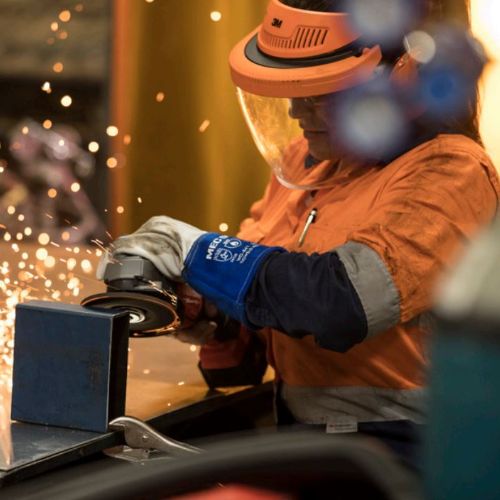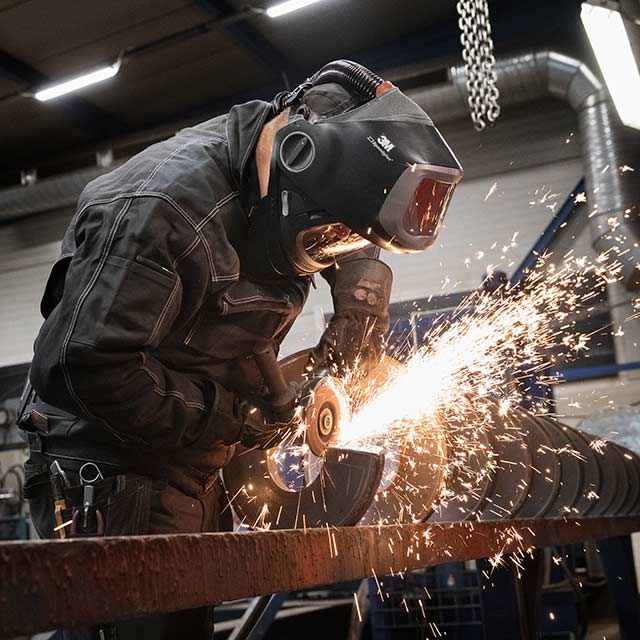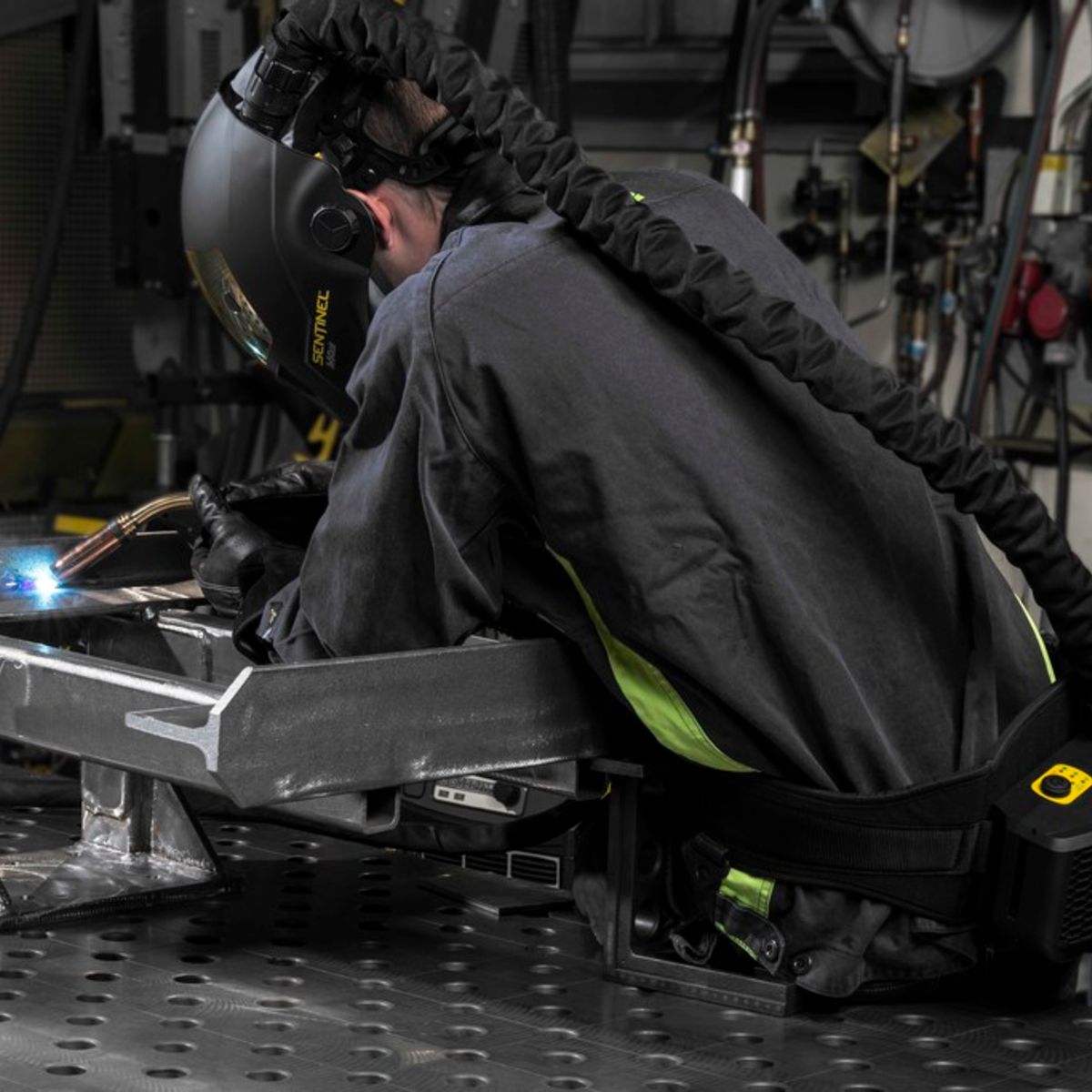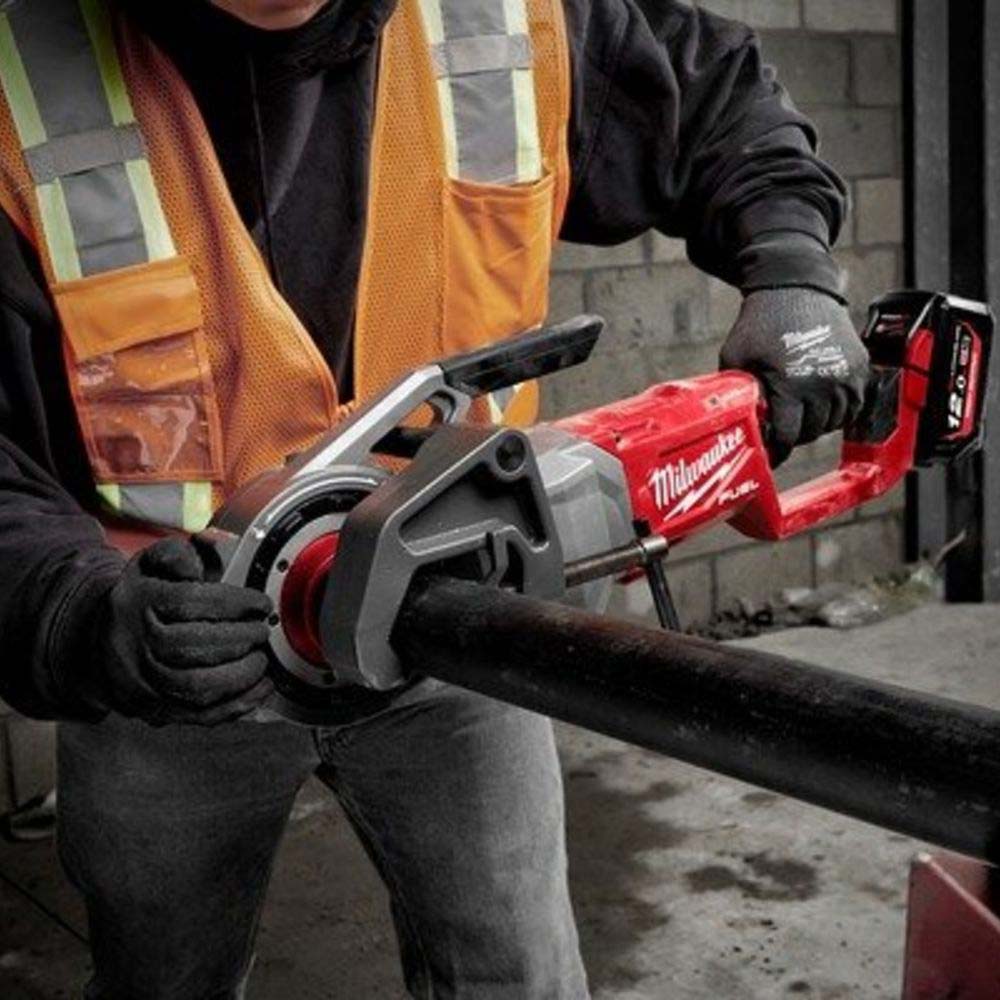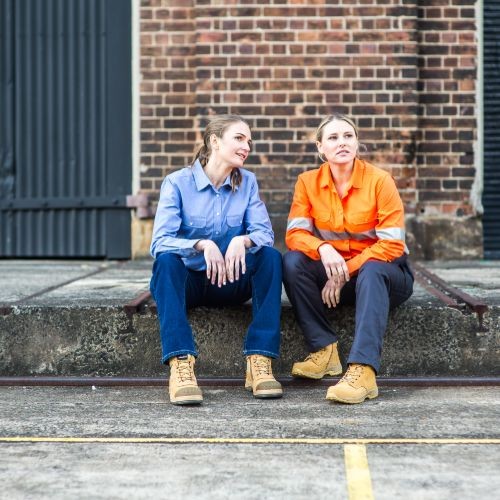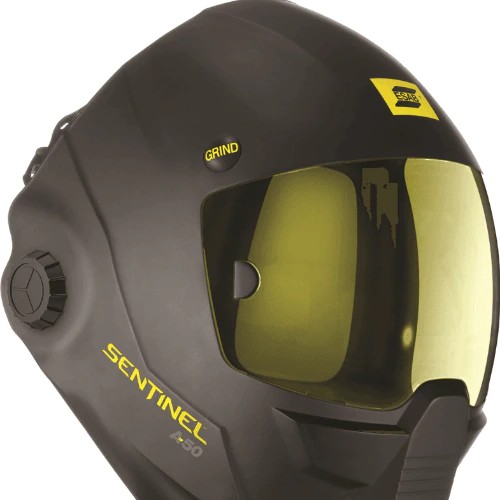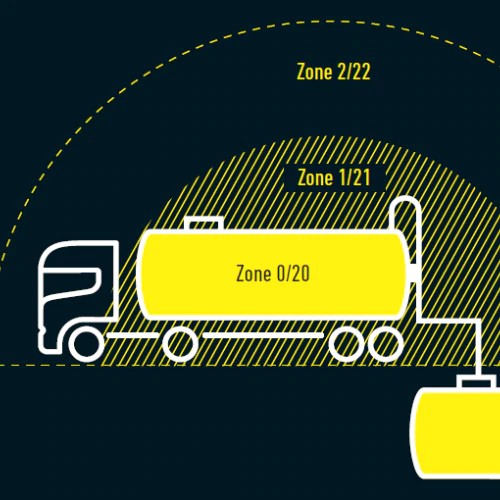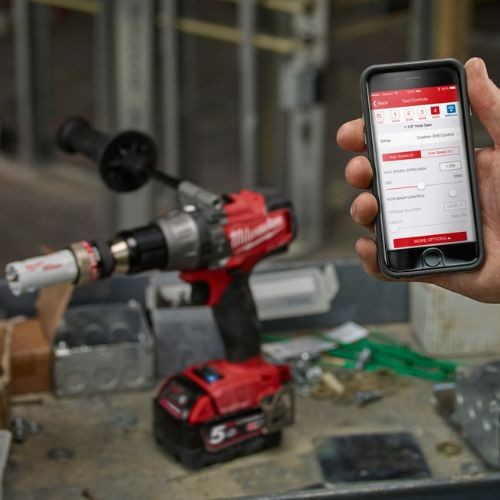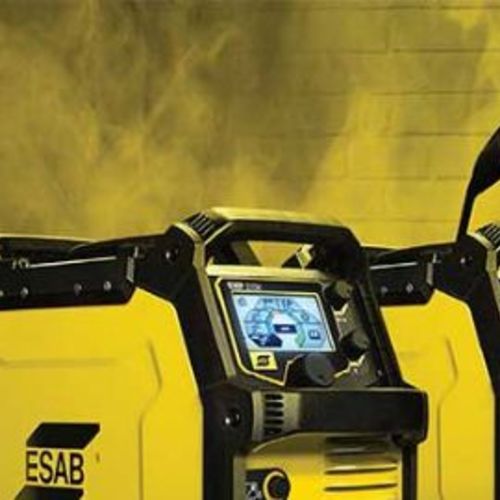Select Delivery Method
Please enter your delivery address to check availability.
Please select your click and collect pick up Branch to check availability.
Choosing The Best Auto-Darkening Welding Helmet
Auto-darkening helmets are an essential piece of equipment for the professional welder for eye protection, and productivity. Welders are exposed to any number of welding hazards in the workplace including electric shock, burns, fire, explosions, radiation, heat, noise, fumes and gases, but probably the most debilitating is injury to their eyes.
According to US research, eye injuries account for one-quarter of all welding injuries, making them by far the most common injury for welders.
Research by the Liberty Mutual Research Institute for Safety reveals those most at risk for welding-related eye injuries are workers in industries that produce industrial and commercial machinery, computer equipment, and fabricated metal products.
Today, welders rely heavily on their auto-darkening welding helmets to protect their eyes from the painful and often debilitating effect of welder’s flash burn or ‘arc eye’. Professional welders understand that flash burns are like sunburn in the eye and if not treated, an infection may start which can lead to vision loss.
Auto-darkening helmets have been around for many years, and are now established as an invaluable addition to a welder’s kit, offering both safety and productivity benefits to the operator and his/her employer.
Repetitive stress injuries are also a problem for welders which can occur as a result of using traditional welding helmets.
At an average of 0.5kg each, the traditional welding helmet can result in neck strain injuries due to the constant nodding motion required to flip the helmet down when striking an arc. These benefits are more evident for welders who need to perform short, frequent welds, requiring them to flip the helmet up and down many times per hour.
How do auto-darkening welding helmets work?
To protect welders’ eyes from flash burn, most auto-darkening helmets have a variable shade lens. This allows the operator to adjust lens darkness, typically from shade 9 to 13.
This feature is particularly useful when using different welding processes (MMAW, GTAW or GMAW), or a variety of welding amperages. The variable shade lens allows the operator to adjust the brightness of the arc to achieve the best view of the weld pool.
The quicker a welder’s eyes are shaded from the high-intensity light, the better. Too slow a reaction time will cause eye discomfort that feels like a dry scratchy sensation; ‘arc eye’.
However, the advantages of auto-darkening welding helmets go beyond the obvious safety benefits, offering increases in productivity, particularly for applications such as piece work where the operator is required to move quickly from one weld to the next.
Auto-darkening helmets help deliver more accurate starts where the operator is able to accurately point the welding torch at the exact starting point, unlink traditional welding helmets which require the operator to position the welding torch, nod their helmet into place and then blindly strike the arc. This can lead to stray arc strikes outside of the joint to be welded.
What to look for in an auto-darkening welding helmet
- A variable shade lens with adjustment
- A number of sensors, normally between two to four, to detect the welding arc and switch the lens on and off. The more sensors means better coverage particularly when welding out of position or in tight access areas.
- Adjustable delay control. The delay control allows the operator to adjust the time that the lens stays dark after welding has stopped. A long delay is used when welding at high amperages and protects the eyes from the harmful rays that are emitted while the molten weld pool cools. A shorter delay is useful for applications requiring a lot of tacking or short welds and can help get the job done faster
- Magnifying lens capable. Some auto-darkening helmets have the option to take magnifying lens which allow welders who normally wear glasses to see the weld without the need to wear their glasses.
Here are some of the best auto-darkening helmets on the market:
Sentinel A50 by ESAB
The revolutionary shell design of the Sentinel A50, based off the famous Halo video game, provides comfort and balance while allowing for maximum head clearance while the helmet is in the up position. Key features include:
- Infinitely-adjustable 5 point head gear
- Colour touch screen with 8 memory settings
- Externally activated grind button to easily switch between weld and grind mode
- 4 Arc sensors
- 100 x 60mm viewing area
- High impact resistance nylon
Prolite Welding Helmet by Cigweld
Providing comfort, versatility, performance and safety in a stylish package. Key features include:
- High impact rated shell and front cover lens
- Reaction time of 1/20 000th second
- 4 sensor auto-darkening filter lens
- Welding and grinding modes
- Replaceable batteries with solar assist
Speedglas 9100XXi FX by 3M
Providing an extra-large viewing area with peripheral side windows, the Speedglas 9100Xxi auto-darkening helmet is designed for optimum comfort, trusted protection and ultimate performance. Key features include:
- Highest possible optical classification (1/1/1/)
- Centre photo-sensor for TIG
- Aerodynamic exhaust vents to assist in removing exhaled air
- True-view for colour and contrast





